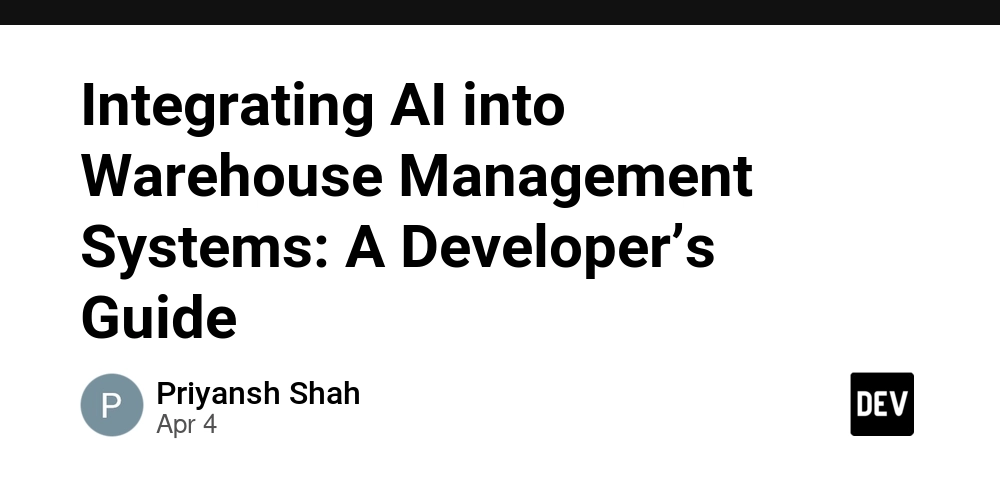Logistics and supply chain management are seeing a rapid shift toward AI-powered solutions. But what does it take for developers to integrate AI into existing warehouse management systems (WMS)?
Technical Focus:
1) Common challenges in legacy WMS integration.
2) AI-driven real-time inventory tracking using IoT and RFID.
3) Predictive analytics models for inventory optimization (with brief technical explanations).
4) Seamless API integrations for AI-enhanced warehouse systems.
import pandas as pd
from sklearn.ensemble import RandomForestRegressor
# Sample dataset for inventory forecasting
data = pd.read_csv("warehouse_inventory_data.csv")
X = data[['previous_sales', 'seasonal_demand']]
y = data['forecasted_inventory']
# AI-powered predictive model
model = RandomForestRegressor(n_estimators=100)
model.fit(X, y)
# Predict next month’s inventory needs
next_month_inventory = model.predict([[500, 1]])
print("Forecasted Inventory:", next_month_inventory)
Looking to integrate AI with your WMS? AQe Digital provides AI-driven warehouse solutions that enhance your existing systems. Get in touch to learn more.

